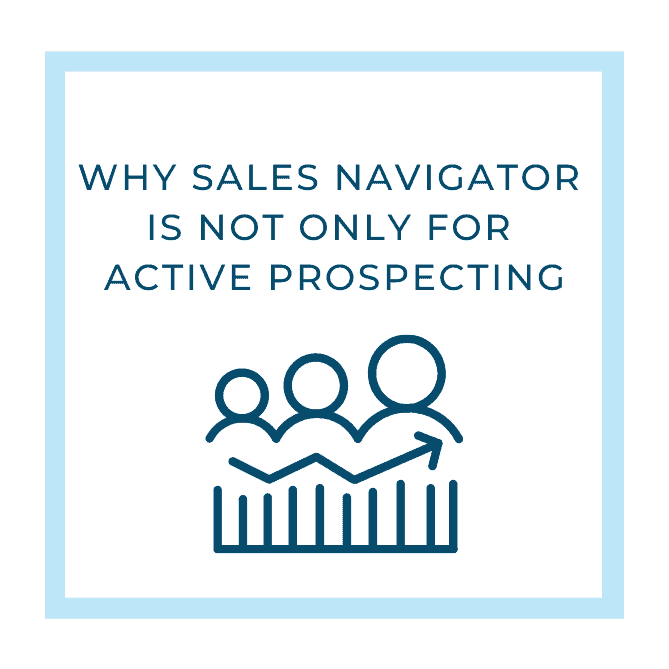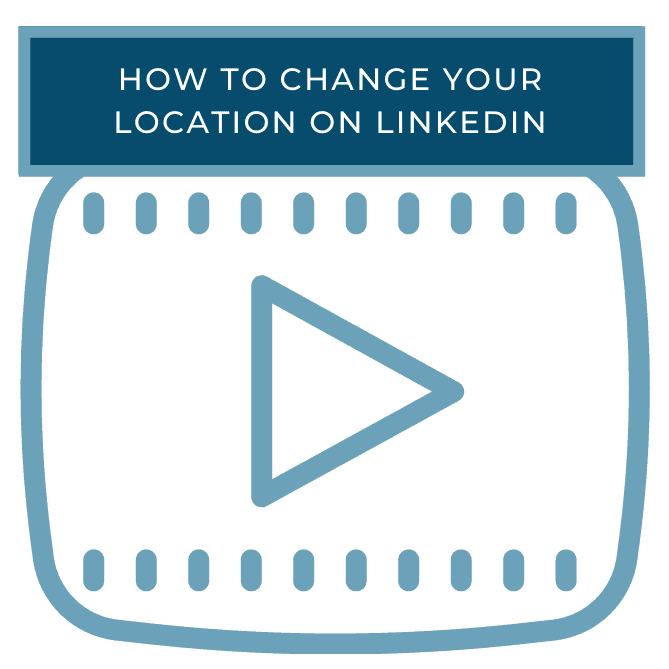Almost fifteen years in, LinkedIn’s value is ubiquitous, right?
Need a job, check.
Need to grow your network. Check
Expand your list of prospects. Check
Research your clients and prospects. Check
Increase your personal brand. Check.
Hire new talent. Check.
Introduce people to one another. Check.
Post content. Check.
Write long-form blog posts. Check.
As a group of LinkedIn specialists, we see LinkedIn from a variety of perspectives. We like to say that we see the good, the bad and the ugly. Of course, we prefer the good. The bad makes us crazy.
Every Tuesday during our team call we discuss ways to improve our process, tweak the strategy and encourage our clients to lead with best practices and smart social engagement. And, some days we are taken aback by the small but blatant misses people make when on LinkedIn.
In no particular order, some of our team’s latest reflections include the following:
Your location is important. It is used in most searches as a key filter.
Yes, you may have to choose between your company, your local office or your home office. Be as specific as possible. Whatever you choose, it should make sense and align with others in your company.
Stop the LinkedIn selfie madness. LinkedIn is not Facebook or Instagram, so we are not searching for a “like” or “comment” when we put our picture on our account. Your profile picture should be a professional picture (headshot, clean background, etc.) If you are having trouble, LinkedIn provides step by step guides to help you look your best. Save your image on your computer, crop as needed, and voila! You are LinkedIn-professional ready!
Include a Summary on your profile. Creating context for yourself with a well-written, client or job-oriented value proposition helps you stand out and be found and remembered. It’s your first chance to develop your voice and personal brand on LinkedIn.
If no one can call or email you, you may miss an opportunity. You are on LinkedIn to initiate some conversation, correct? Only your first level connections see your email and phone number so if you are in sales, business development or looking for a job, don’t forget to put your contact information in your Summary or Experience sections. Don’t add it to your headline or with your name. That’s just too much.
Someone sends a personalized connection request (good move) but personalizes the message with an incorrect spelling of their first name (bad move). Seriously? Our names are displayed in large print on our LinkedIn profiles. If you are not sure about the spelling, open a new tab and double check before you send the message.
When people don’t follow directions, Erin has to wonder what’s up. She does a lot of outreach on LinkedIn, the majority of which is employment related. Many of her InMails to potential candidates include some instruction or call to action – “Please send me your email address so I can send you a job description,” or “please let me know your availability for a call.” These are simple requests, included in a message that is usually between 300 and 600 characters, total. So, if someone hasn’t done the only thing that is asked of them, it does not inspire much confidence in them as a potential candidate.
Who writes their name in lower case? When first and last names are lower case, it looks unfinished. Does this sound nitpicky to you? Well, too bad. We learned how to capitalize our names in kindergarten. Don’t create a professional profile for yourself and not follow a basic grammatical rule that you’ve known for your entire life. And, yes, this is important.
Receiving a Connection request without knowing why someone wanted to connect. We all receive the default invite message. When LinkedIn was in its infancy, it seemed okay. We were all figuring out how to use the platform and what Connections meant for us, long-term. But LinkedIn is now 15 years old. FIFTEEN YEARS! If you’re still sending Connections requests willy-nilly, like you collected signatures in your middle school yearbook, then you are doing it all wrong.
Your network is only useful and helpful if you know your first level connections. If you do want to reach out to someone who you don’t know, it is best to find a common Connection and ask for an introduction. Or, at the very least, include a personalized message that provides context to your request.
We could go on, but we’ll stop here for a second. If you are feeling slightly uncomfortable or feeling like we called you out, take it as an opportunity to fix up your profile, look better, sound smarter and engage in a more interesting and thoughtful way.
Don’t forget to check out our other posts and learn how to shine online.




